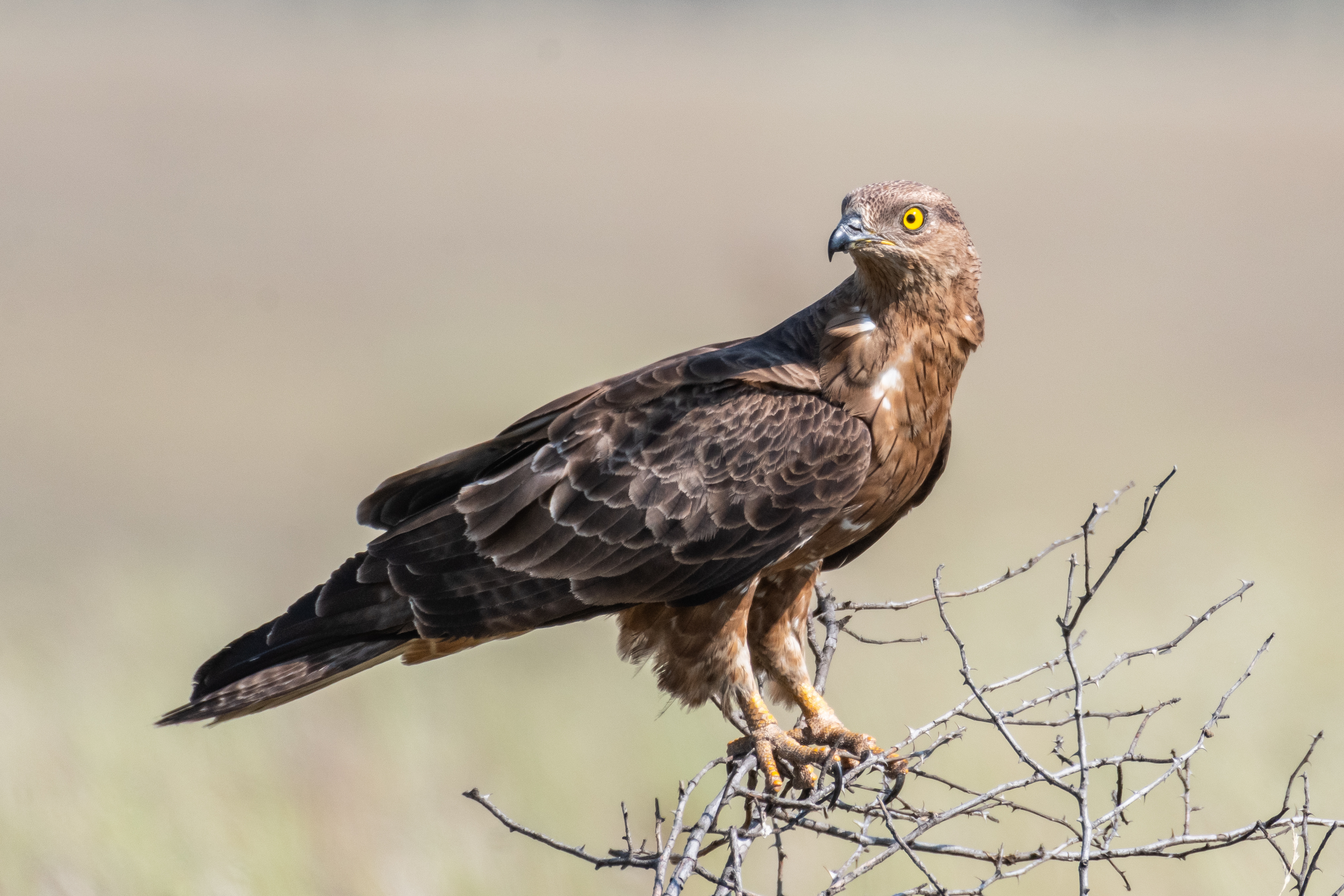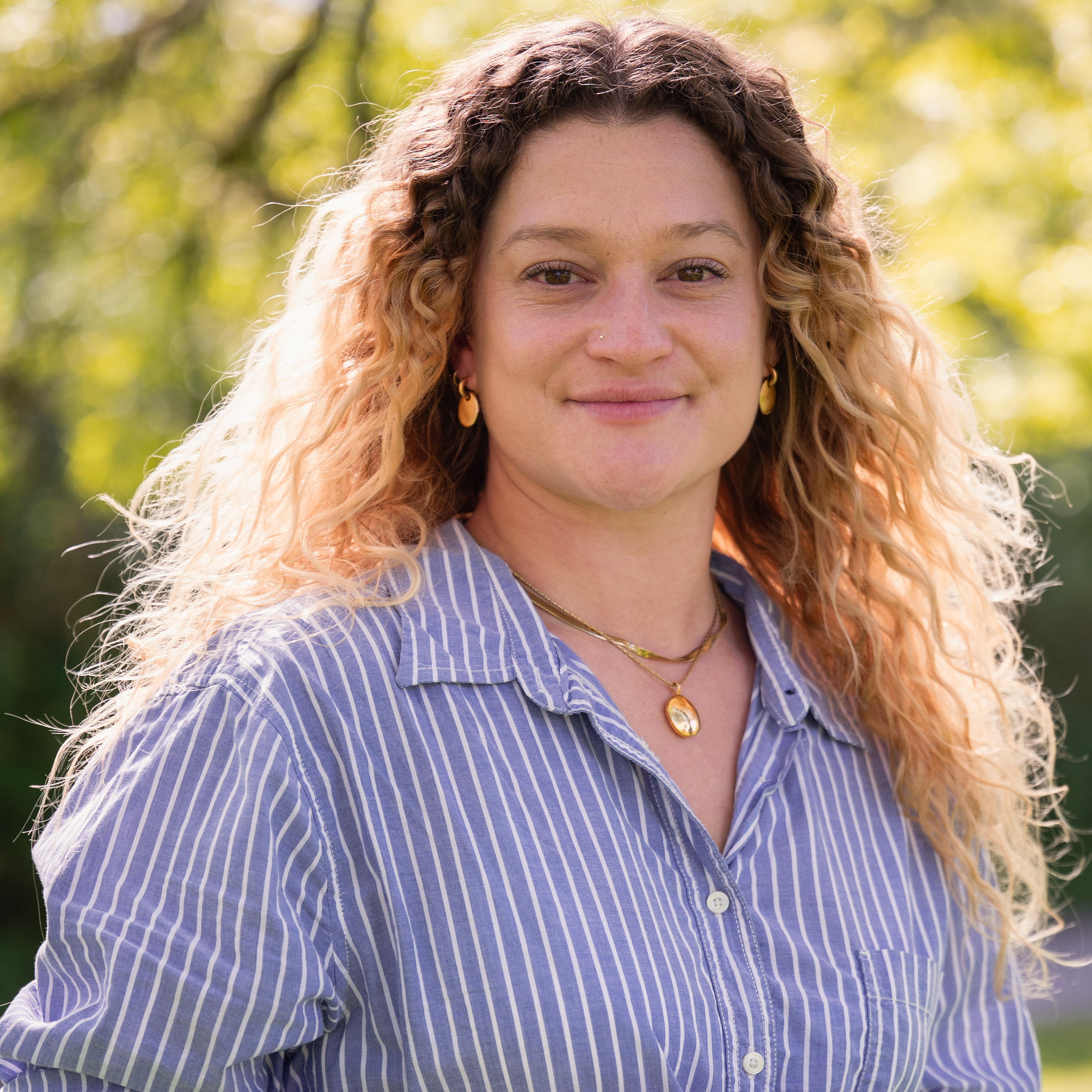Anything for the shot? Photographer fined for disturbing incredibly rare Honey Buzzards and their young
“This was a particularly upsetting case...Climbing to nests causes extreme stress to adult birds"

A photographer has opened up an old debate surrounding the lengths it's acceptable to go to get the perfect shot, especially when it comes to nature.
Welsh photographer John Paul Haffield appeared before Swansea Magistrates Court this week where he was found guilty and fined more than £1,600 ($2,040), for offences against the Wildlife and Countryside Act 1981.
The charge comes after Haffield was accused of disturbing the nest of one of the country’s rarest birds, resulting in the unsuccessful incubation of one of its eggs.
The 68–year–old man from Neath, South Wales, UK, allegedly disturbed a nest containing an extremely rare breeding pair of honey buzzards, the only recorded nest in Wales.
According to the court, Haffield visited nest sites of Schedule 1 protected birds throughout Wales, taking photographs of them, their young, and their eggs, then selling the photographs on his website. The website contained over 200 images of protected species.
Police constable Mark Powell, on secondment with the Natural Resources Wales Industry Regulation team, said:
“This was a particularly upsetting case. The defendant was actively taking photographs of birds protected under Schedule 1 and offering them for sale.
Get the Digital Camera World Newsletter
The best camera deals, reviews, product advice, and unmissable photography news, direct to your inbox!
“Climbing to nests causes extreme stress to adult birds, resulting in eggs not being properly incubated. On the honey buzzard nest there were two eggs and one failed.”
One of the UK’s rarest breeding birds, the honey buzzard is a raptor with a preference for secluded, mature woodland and secretive behavior, which means there are very few images and little footage of the species.
They are only in the UK in the summer months, and migrate to the south of the Sahara during the winter.
There are only 33 breeding pairs left in the wild in the UK, who will lay a maximum of two eggs per year, and are protected under Schedule 1 of the Wildlife and Countryside Act.
“The Act makes it an offence (with exception to species listed in Schedule 2) to intentionally kill, injure or take any wild bird or their eggs or nests. Special penalties are available for offences related to birds listed on Schedule 1, for which there are additional offences of disturbing these birds at their nests, or their dependent young,” according to Legislation.gov.uk.
Responsible wildlife photographers respect conservation laws, and learn how to cause the minimum impact on their subjects, although sadly this isn’t always the case.
The Natural History Museum, London says:
“Be respectful of spaces. When photographing an animal, take the time to study it and its environment, so that you can make sure you capture your image without disturbing it or interfering with its home . Do not alter the habitat to create a better setting, for example by pruning back branches or moving logs or rocks around.”
Make a minimal impact when shooting wildlife with the best trail cameras. Check out our guide to the best drones as well.
We've also got a guide to the best camera for wildlife photography.

After graduating from Cardiff University with an Master's Degree in Journalism, Media and Communications Leonie developed a love of photography after taking a year out to travel around the world.
While visiting countries such as Mongolia, Kazakhstan, Bangladesh and Ukraine with her trusty Nikon, Leonie learned how to capture the beauty of these inspiring places, and her photography has accompanied her various freelance travel features.
As well as travel photography Leonie also has a passion for wildlife photography both in the UK and abroad.
